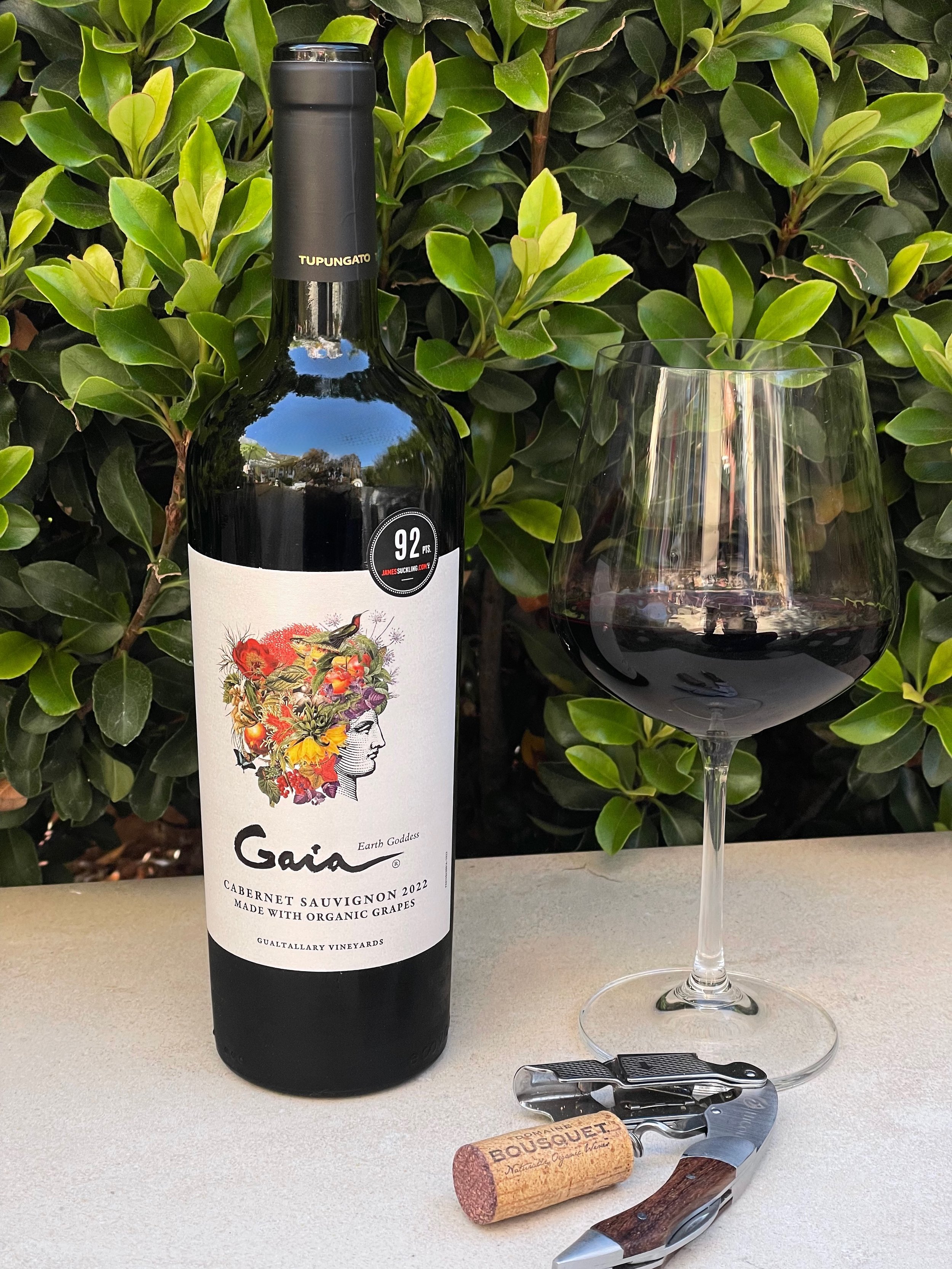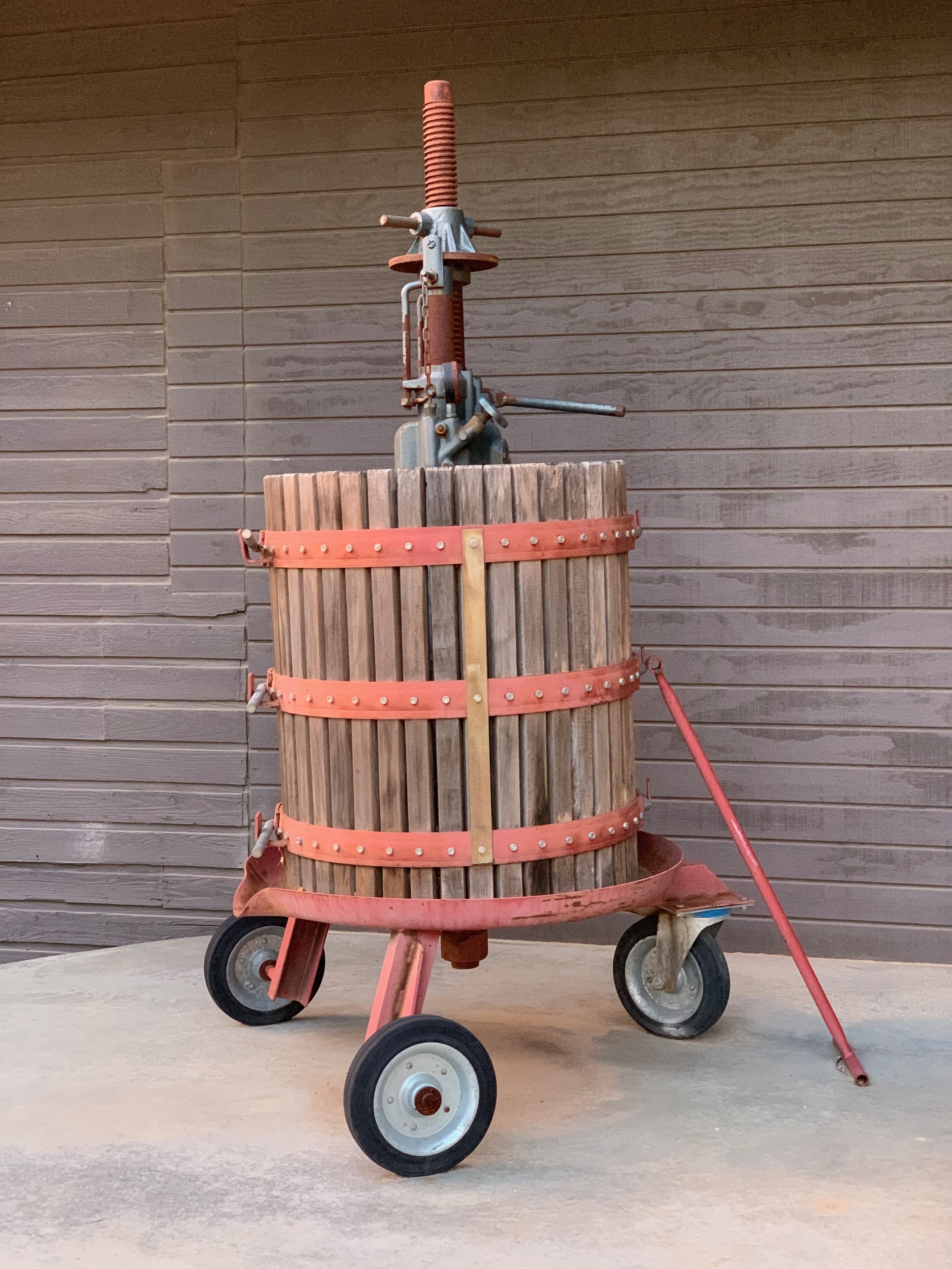Natural Yeast on the Surface of Grapes
[Photo by Wayne Christensen on Unsplash]
Wine makers have used yeast for centuries to ferment the juice of grapes into wine. And, part of the art of winemaking is choosing the right yeast to use.
Wine makers have several choices in deciding which yeast to use to ferment their wine:
Wild or Native Yeasts - Grapes naturally have yeast on their skins (see photo). There are also natural yeast in the vineyard environment and yeasts that live within the winery. So, a wine maker can simply leave the crushed grapes and their juice to “spontaneously” being fermentation.
Advantages:
Because wild yeasts are unique to each vineyard and winery, the add to the ‘terroir’ expression of the wine, making it even more unique
Wild yeasts can produce unique chemical interactions that don’t occur with commercial yeasts
Wild yeast is often viewed as more natural or pure
Disadvantages:
It takes longer for fermentation to begin since the wine maker is relying on the yeasts in the air versus adding quantities of yeast directly
Some natural yeast are not able to survive the rising levels of alcohol and die before fermentation is complete
While also listed as an advantage, the unique flavors associated with natural yeast may result in undesirable results
Commercial Yeasts - This is the most common approach.
Advantages:
Commercial yeasts are easy to purchase, transport and store.
The fermentation process becomes more predictable and easier to control
Some yeast will help reduce the volatile acids in the final product
These yeasts will help to promote malolactic conversion
Disadvantages:
Reduces a wine makers unique expression associated with native yeast
So, once again, choosing the ‘right’ yeast is just another part of a wine maker’s artistic expression. Cheers!






